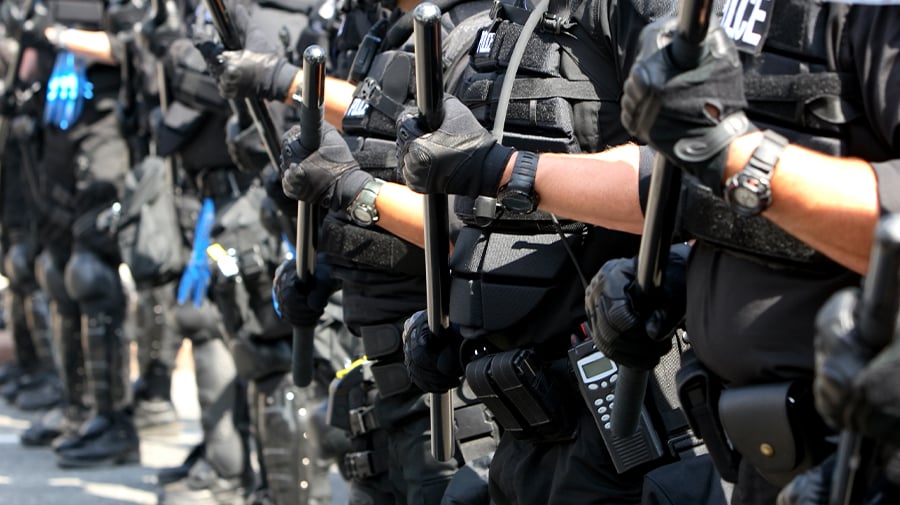Verisk unveils first-of-its-kind SRCC catastrophe model for the US to quantify political violence risks
In response to escalating insurance losses from large-scale civil unrest events in recent years, leading global analytics and data provider Verisk is releasing the industry’s first-of-its-kind catastrophe model to help quantify the financial impacts of strikes, riots and civil commotion (SRCC) in the United States.
Since 2010, strikes, riots, and civil commotion events have led to more than USD 10 billion in insured losses globally, compared to less than USD 1 billion for terrorism. In the past six years, the insurance industry has faced five events, each causing over USD 1 billion in global insured losses. The new SRCC model, powered by data from Verisk Maplecroft, has been developed to enhance the way underwriters and risk managers approach the increasing risk posed by SRCC events in the US.
Since 2010, strikes, riots and civil commotion have led to more than USD 10 billion in insured losses, compared to less than USD 1 billion for terrorism
“Over recent years, unrest in the US highlighted the necessity for insurers to have a comprehensive understanding of potential political risk hazards,” said Sam Haynes, vice president of data and analytics, Verisk Maplecroft. “A 1 in 1,000-year SRCC event could cause losses 10 times greater than those from the 2020 protests, while very low-probability SRCC tail events could potentially impact commercial and municipal properties at the ZIP Code level nationwide, the majority of which are located in metropolitan areas.”
Learn more about the Strikes, Riots, and Civil Commotion (SRCC) Risk Model for the US
The Verisk SRCC Model for the US has a 500,000-year stochastic catalog, capturing the frequency and severity across the spectrum of plausible loss-causing unrest across every ZIP Code in the country. It predicts the severity of an event by evaluating the key drivers of risk, including social and economic trends, political factors and historical protest patterns. The probabilistic model can provide enhanced insight for exposure management and catastrophe modeling teams that have traditionally been reliant on historical, generic civil unrest data and subjective assessments.
“Verisk’s goal is to empower insurers covering political violence and terrorism risks to enhance their underwriting strategies through insights on the riskiness of exposures. This will facilitate informed decisions on insurance pricing, capital allocation, risk management and mitigation,” said Shane Latchman, managing director of Verisk Extreme Event Solutions team in London. “Ultimately, this SRCC Model enables underwriters to balance risk and premium effectively and allow insurers to effectively model this risk.”
The SRCC Model combines almost 40 years of catastrophe modeling expertise from Verisk’s Extreme Event Solutions business with 15+ years of experience from its global risks business, Verisk Maplecroft, in quantifying political violence. This unique approach offers insurers and reinsurers a compelling solution that will enable them to:
- Estimate potential insured losses from SRCC events and quantify the potential financial impact of risk for individual locations and at the enterprise level.
- Create robust underwriting guidelines to specifically account for SRCC related damage and associated business interruption.
- Assess tail risk through a catalog of stochastic events which feature scenarios that are inherently plausible, but far worse than anything that has been seen historically.
- Address risk management and regulatory requirements by stress testing extreme disaster scenarios to reveal potential vulnerabilities before real disasters occur.
The SRCC Model is available through Verisk’s Extreme Events Solutions’ Touchstone platform.
